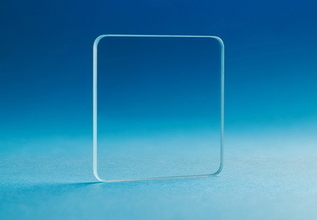THz Fresnel Lenses
| Download THz Fresnel Lenses Datasheet (PDF, 872 KB) |
Beam control is necessary in many terahertz (THz) applications. It is currently achieved by means of parabolic mirrors and refractive optics. However, diffraction optics presents game-changing capabilities because it can be used for spatial transformation of the beam. To fulfill the need for diffraction optics operating in THz range, we have developed a method for calculation and manufacturing of THz Fresnel lenses.
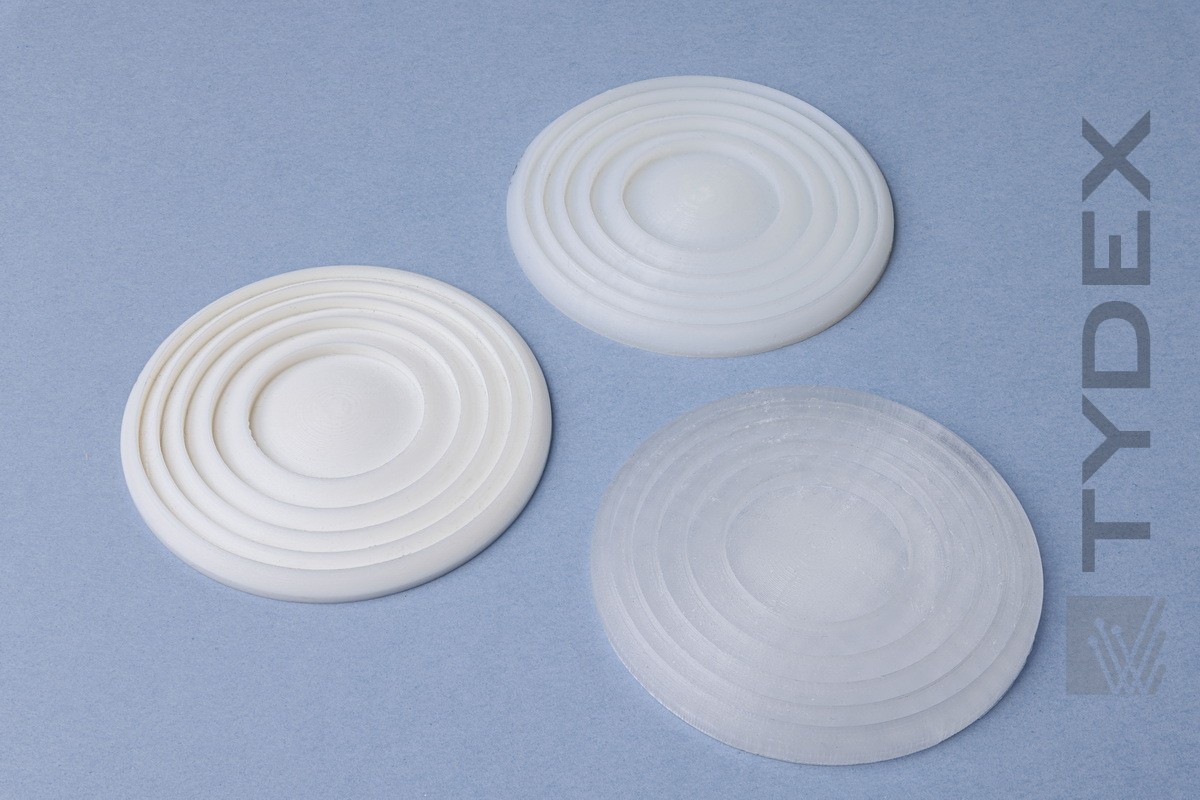
Fig. 1. Monochromatic Fresnel lenses from various thermoplastic materials (COC, PLA, HIPS)
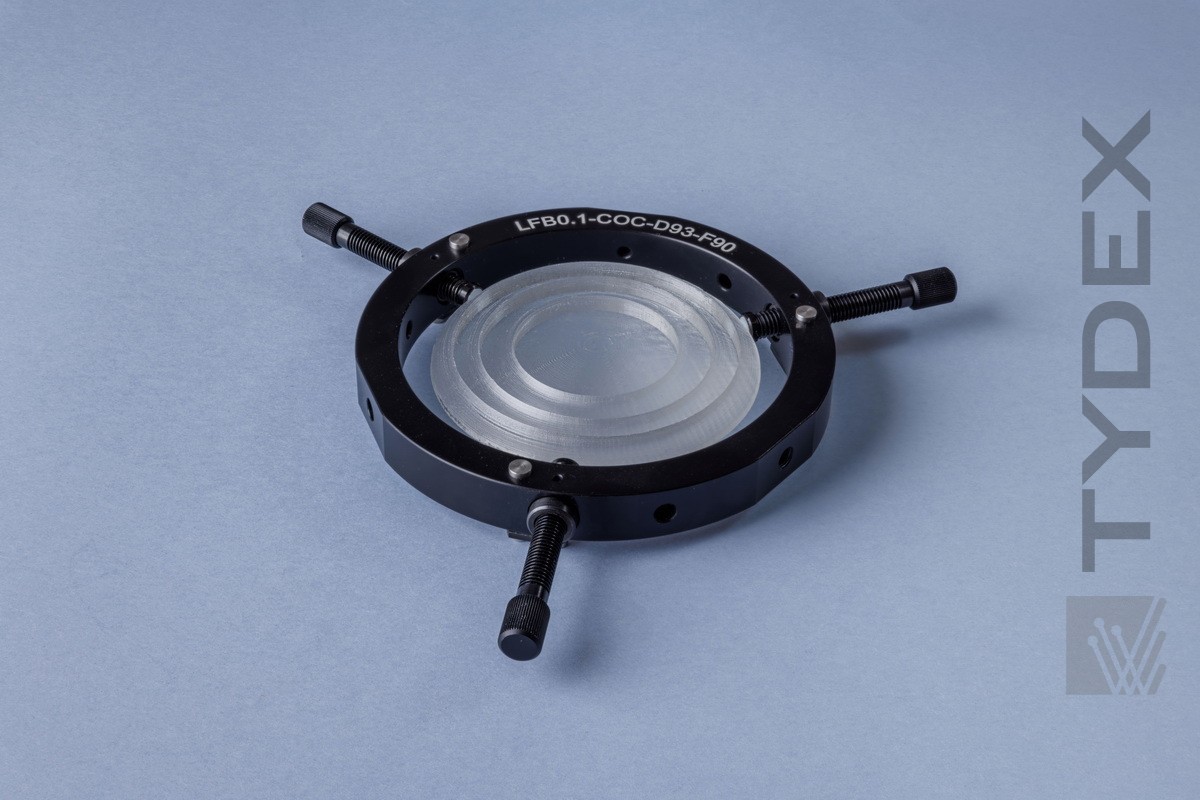
Fig. 2. Wideband Fresnel lens made of COC thermoplastic
The Fresnel lenses developed by Tydex have a multilevel surface relief that is as close as possible to the ideal phase function of a diffractive spot focusator. Monochromatic and Wideband Fresnel lenses differ in microrelief profile thickness. Monochromatic THz Fresnel lenses are the 1st order kinoforms that can operate at rated frequency, multiples of rated frequency and in wide range of high frequencies. Wideband THz Fresnel lenses are high-order kinoforms that have wide operating range adjusted to be close to the rated frequency. Thus, monochromatic THz Fresnel lenses are best suited to efficiently control a continuous beam of THz radiation. Wideband THz Fresnel lenses can be used to control pulsed THz radiation. Both kinds of THz Fresnel lenses are manufactured from cyclic olefin copolymer (COC) thermoplastic. However, monochromatic THz Fresnel lenses designed to operate at 0.3 THz and below can be also produced from HIPS and PLA. Main advantages of Fresnel lenses over refractive lenses are nearly zero spherical aberrations, as well as lower thickness and mass for large diameter beams. The latter provides higher radiation resistance due to lower absorption inside the lens.
General specification:
| Material | COC (or HIPS, PLA) |
| Diameter, mm | up to 150 |
| Thickness, mm | 1 - 10 |
| Operating frequency range, THz | 0.1 - 1.5 |
| Diffraction efficiency*, % | 100** |
| Focal length, mm | 10 - 150 |
| Focal length tolerance, % | ≤5 |
**At rated THz radiation frequency and its multiples.
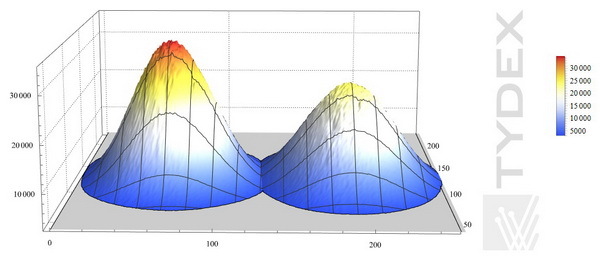
Fig. 3. Intensity profile of a beam focused by a monochromatic THz Fresnel lens (left) and refractive lens (right).
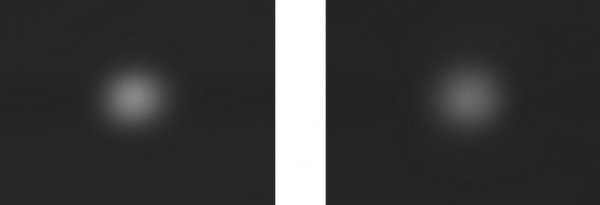
Fig. 4. Raw pictures of the intensity distribution of radiation focused by a monochromatic THz Fresnel lens (left) and refractive lens (right).
Monochromatic THz Fresnel lenses are more efficient at focusing THz radiation than refractive lenses. Comparison between intensity of radiation focused by a diffraction Fresnel lens and intensity of radiation focused by a TPX refractive lens is given above on figures 3-4 (Fresnel lens in the left, TPX lens on the right).
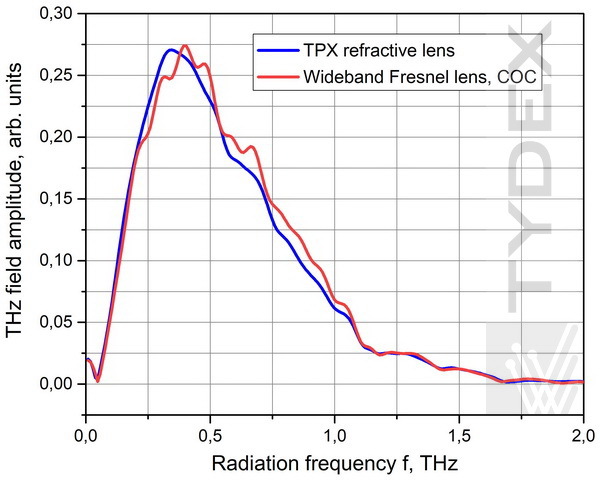
Fig. 5. Comparison between field amplitude spectra for beams focused by lenses.
Wideband THz Fresnel lenses focus THz radiation at least as efficiently as refractive lenses. Comparison between intensity of radiation focused by a Fresnel lens (rated frequency 1 THz, focal length 90 mm, lens diameter 93 mm) and intensity of radiation focused by a TPX refractive lens is given on figures 5.
THz Fresnel lenses are manufactured to the Customer’s specifications.
For price quotation and delivery please fill in our Request Form.
Optics is ready to be shipped!
Optics Stock
Shipment/ Payment/ Warranty ...

